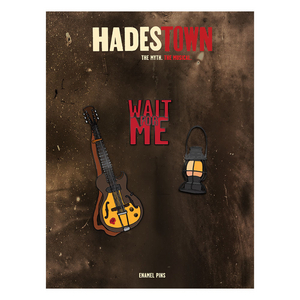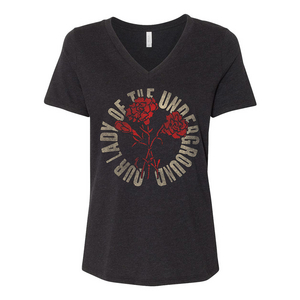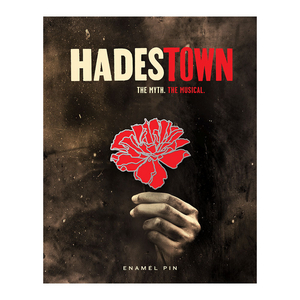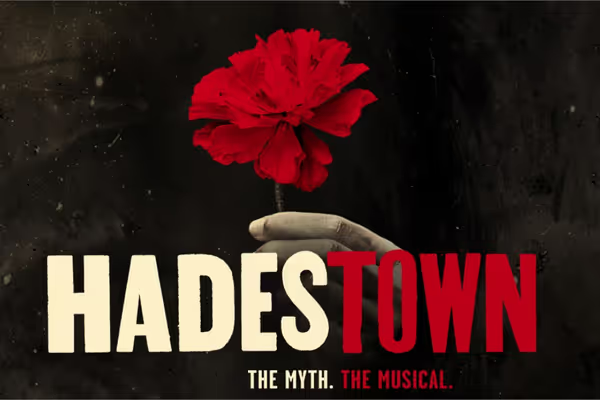HADESTOWN's Mythical Roots: What You Need to Know
Hadestown is running on Broadway, London, and more.
Before you step into the world of Hadestown, it helps to know that this Tony-winning musical isn’t just a love story—it’s a retelling of ancient Greek myths, reimagined with a soulful, folk-jazz twist. Understanding the core myths behind the show will deepen your experience, making each lyric, character, and plot twist resonate more powerfully. Here's what you should know before the curtain rises.
What is Hadestown about?
Hadestown reimagines the Greek myths of Orpheus and Eurydice and Hades and Persephone. It follows Orpheus as he journeys to the underworld to rescue Eurydice, who has struck a desperate deal with Hades. The show explores themes of love, sacrifice, power, and hope in the face of uncertainty.
Do you need to know Greek mythology to see Hadestown?
Not at all. Anyone should be able to follow the story as it unfolds onstage. Those with a basic knowledge of the myths and characters, however, might enjoy a richer viewing experience.
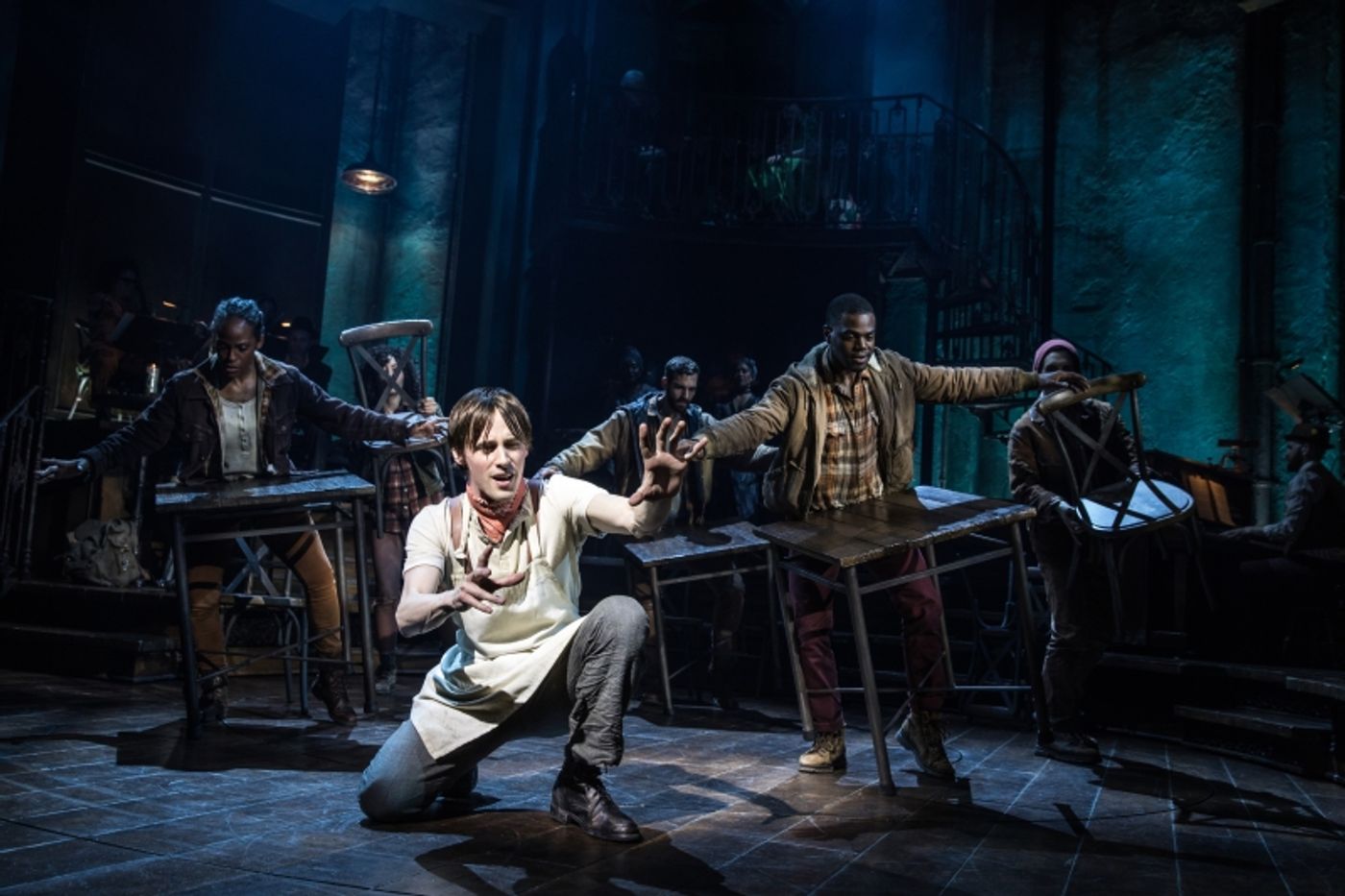
Which mythological characters are featured in Hadestown?
As they are depicted in Greek mythology...
Orpheus: Orpheus is a gifted musician and poet, renowned for his ability to enchant all living things—and even inanimate objects—with the music of his lyre. The son of the Muse Calliope, he is a deeply passionate and determined figure whose love for his wife Eurydice inspires a legendary journey. His story is one of devotion, courage, and the transformative power of art.
Eurydice: Eurydice is a nymph in Greek mythology, often portrayed as gentle, graceful, and deeply beloved by her husband, Orpheus. Though her time on Earth is cut short, her presence leaves a lasting impact, inspiring one of the most famous love stories in myth. She represents beauty, longing, and the fragile nature of life and love.
Persephone: Persephone is the queen of the Underworld, as well as the goddess of spring and renewal. She is a complex figure, embodying both the innocence of nature’s bloom and the depth of the underworld’s mystery. Her dual role reflects themes of transformation, balance, and the cycles of life and death.
Hades: Appearing across many Greek myths, Hades is the god of the Underworld, ruling over the realm of the dead with a calm and unyielding presence. Often misunderstood, he is not a figure of evil but of order, ensuring the balance between life and death. He is powerful, reserved, and deeply connected to themes of fate, finality, and the unseen.
Hermes: Hermes is the swift and clever messenger of the gods in Greek mythology, known for his winged sandals and quick wit. He serves many roles—guide of souls to the Underworld, protector of travelers, and patron of trade, thieves, and communication. He often bridges the worlds of gods and mortals.
The Fates: The Fates are three powerful goddesses in Greek mythology who control the destiny of all beings. Clotho spins the thread of life, Lachesis measures it, and Atropos cuts it, determining the moment of death. Mysterious and impartial, they represent the inescapable nature of fate and the limits of mortal and divine power alike.
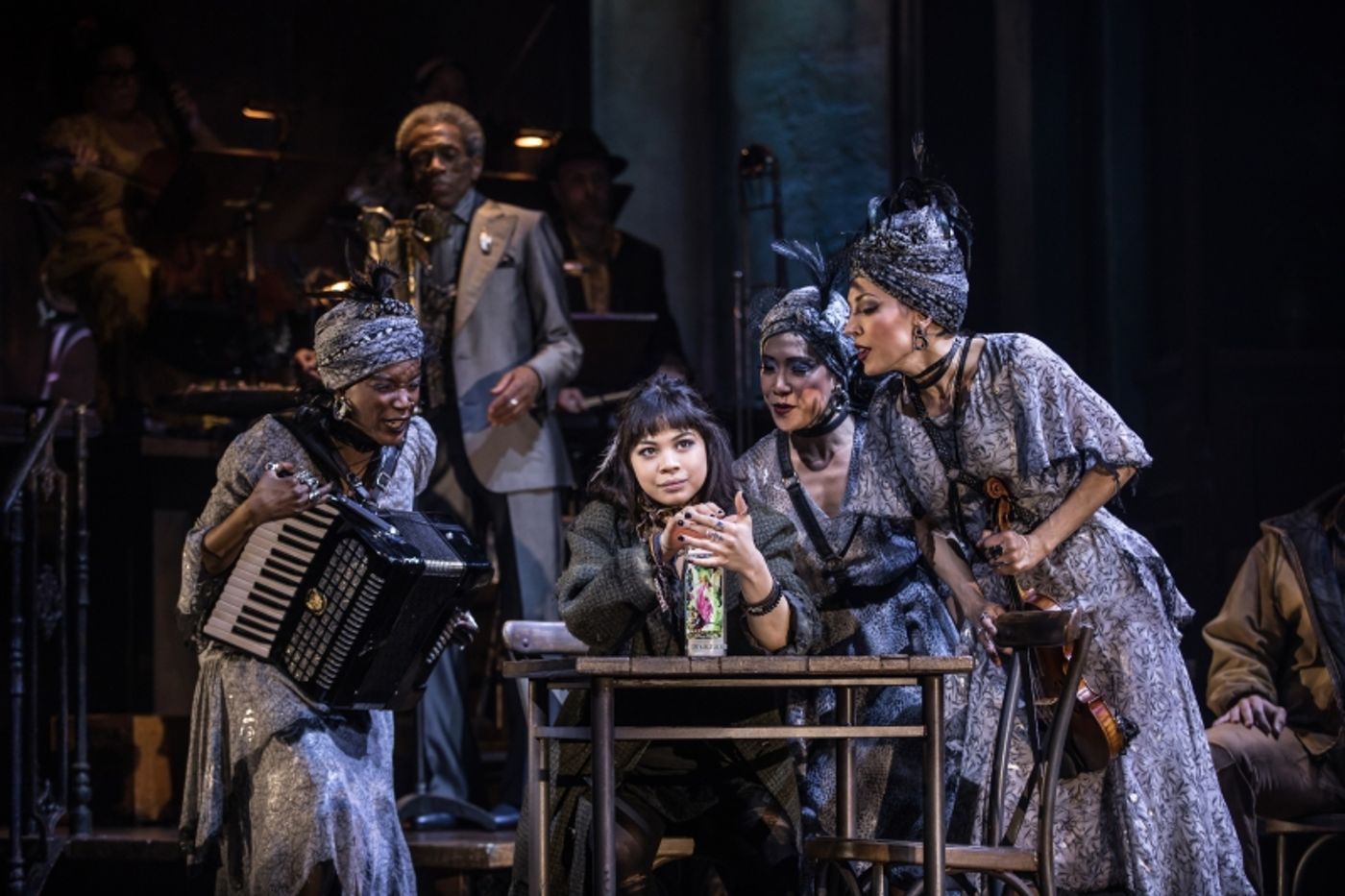
How is Hadestown pronounced?
The show title is pronounced: HAY-deez-town. Other tricky pronunciations include:
Persephone: Per-SEFF-phony
Orpheus: OR-fee-us
Eurydice: Your-ID-uh-see
Hades: HAY-deez
What are the myths featured in Hadestown about?
While these stories are thousands of years old and therefore fair game for review, if you don't want to know how the musical ends, skip this section.
Orpheus and Eurydice:
Orpheus, a gifted musician whose music could enchant anyone—even the gods—falls deeply in love with Eurydice, a beautiful nymph. Soon after their wedding, Eurydice is bitten by a snake and dies, descending to the Underworld.
Devastated, Orpheus travels to the Underworld to bring her back. His music moves Hades and Persephone so deeply that they agree to let Eurydice return to the world of the living—on one condition: Orpheus must walk in front of her and not look back until they have both reached the surface. Just as they are about to exit the Underworld, doubt overtakes Orpheus, and he turns to look at Eurydice—only to see her vanish forever.
The myth ends with Orpheus left in sorrow, his love lost due to a single moment of mistrust. The tale highlights themes of love, loss, trust, and the power—and limits—of art.
Persephone and Hades:
The myth of Persephone and Hades tells the story of how the seasons came to be. Persephone, the daughter of Demeter (goddess of the harvest), is picking flowers when she is suddenly taken to the Underworld by Hades, who wishes to make her his queen. Devastated, Demeter searches for her daughter and causes the earth to grow barren in her grief.
Eventually, Zeus intervenes, and a deal is struck: Persephone may return to the world above, but because she has eaten a few pomegranate seeds in the Underworld, she must spend part of each year with Hades. Thus, Persephone divides her time between the Underworld and the earth.
Her annual return from the Underworld brings spring and growth, while her descent marks the start of fall and winter. The myth explains the changing seasons and explores themes of transformation, balance, and the cycle of life and death.
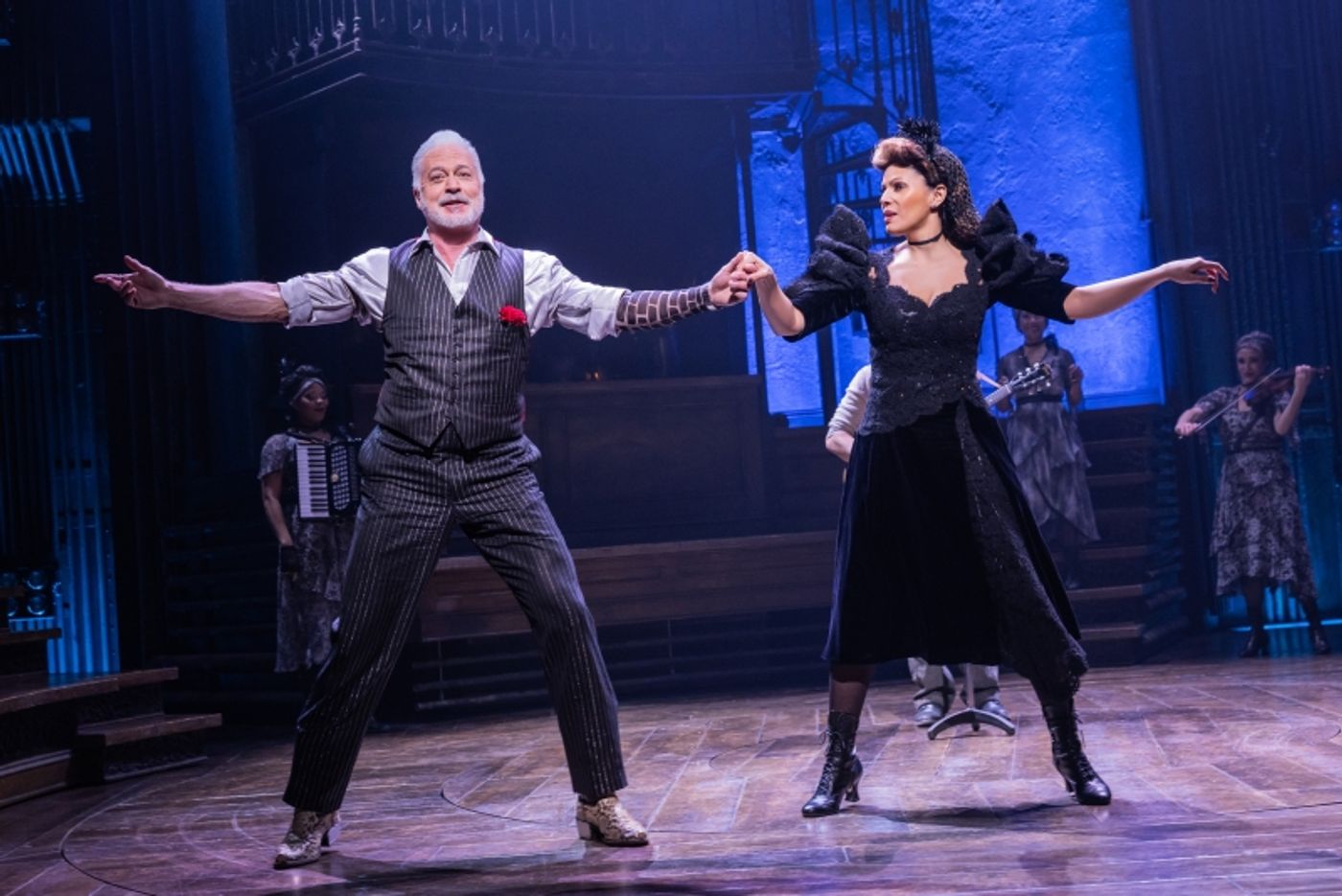
How is Hadestown different from the myths it is based on?
Aesthetic: Hadestown reimagines the ancient Greek underworld with an industrial vibe rather than a traditional mythological one. It blends American folk, jazz, and blues music to create a distinct world far from ancient Greece.
Political Themes: The musical adds themes of capitalism, climate change, and labor exploitation, especially in the portrayal of Hades as a ruthless industrial boss.
Character Motivation: Eurydice’s decision to go to Hadestown stems from poverty and desperation, rather than being snatched or dying suddenly as in most myth versions. Orpheus is more of an idealistic dreamer and songwriter, whose hope and music are emphasized as his core traits. Persephone plays a much larger, more independent role, portrayed as a goddess torn between two worlds, with her own emotional arc and agency. Hermes serves as a narrator and guide throughout the story, a device not present in the traditional myths. The Fates are personified as a singing trio influencing events directly, rather than being distant oracles of destiny.
Fusion of the Myths: Hadestown intertwines the stories of its four main characters in a way that does not happen in classical mythology.
Narrative Framing: The story is told as a cyclical tragedy, with the characters acknowledging they tell it over and over again—something that adds a meta-theatrical commentary not present in the original myths.
Message: While the original Orpheus myth ends in loss and finality, Hadestown ends with a bittersweet message of resilience and hope in the face of inevitable tragedy. The emphasis is not on punishment or divine will, but on human choice, memory, and the power of storytelling.
You can catch Hadestown on Broadway at the Walter Kerr Theatre.


